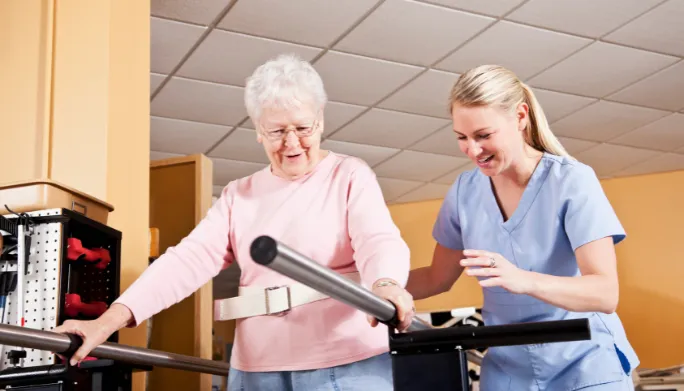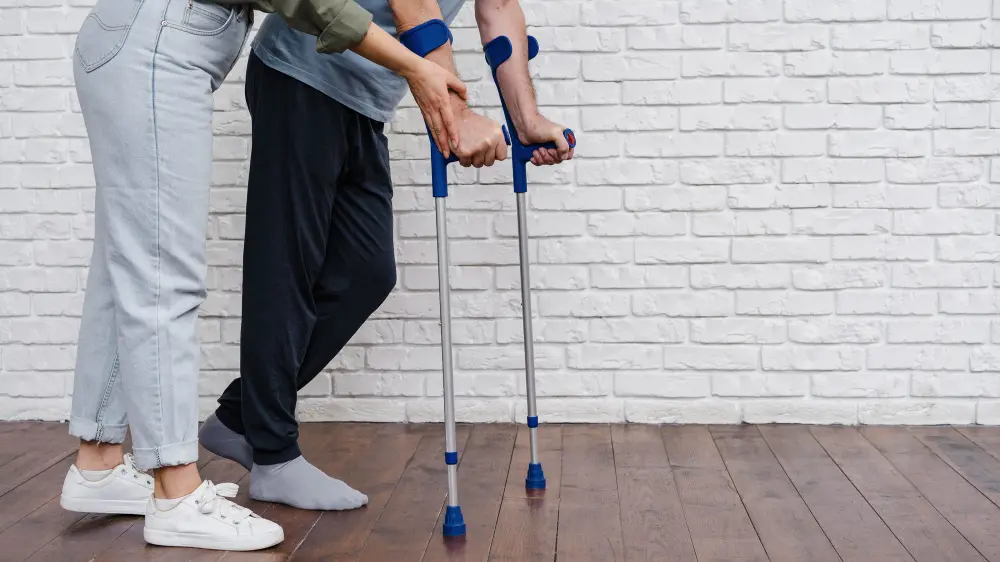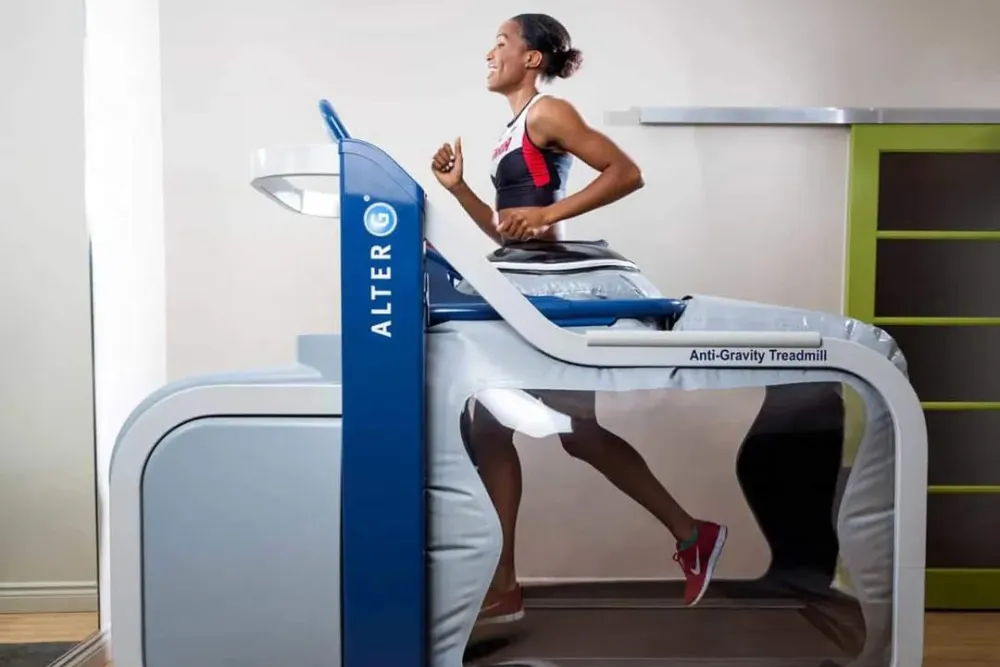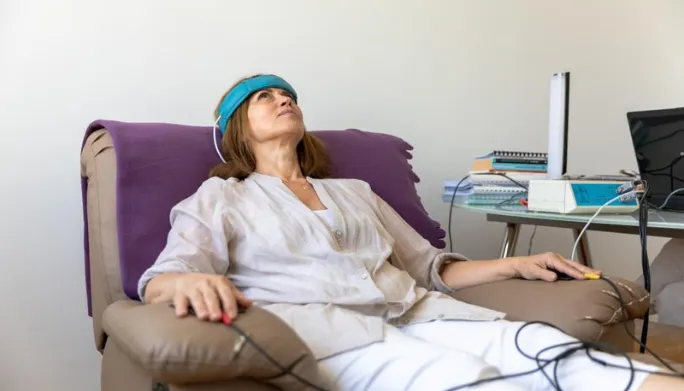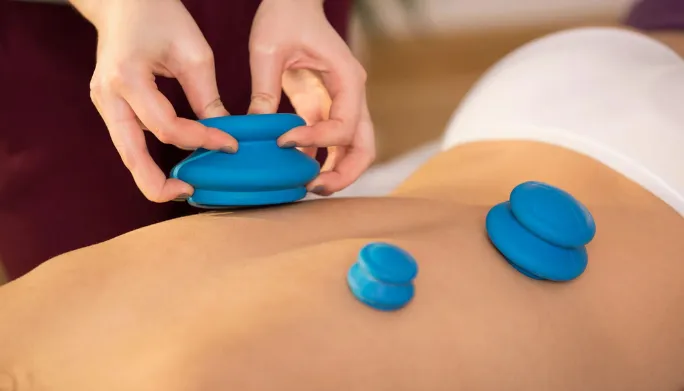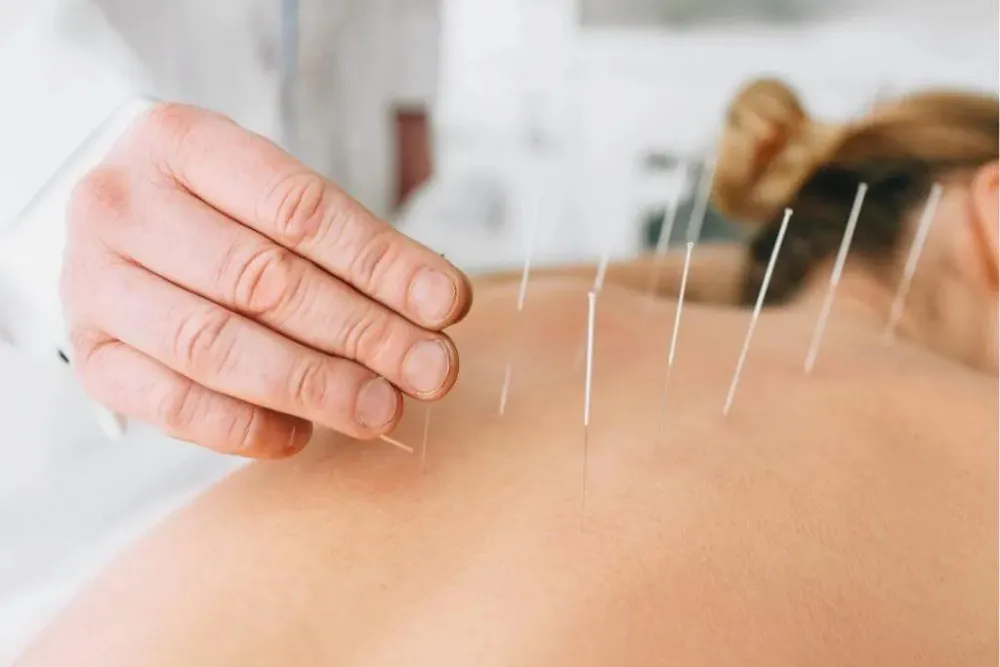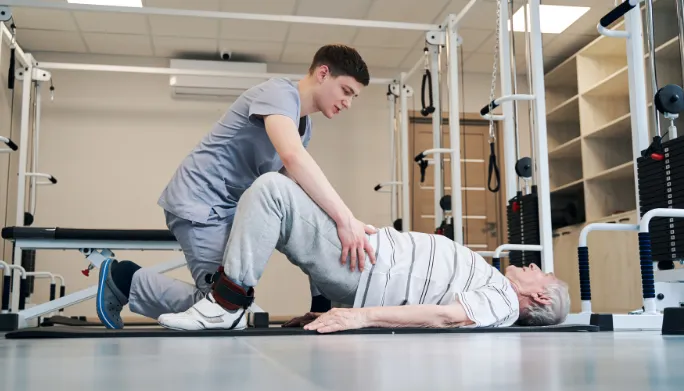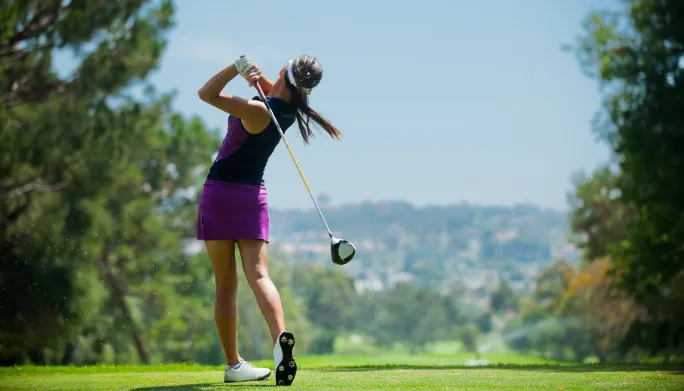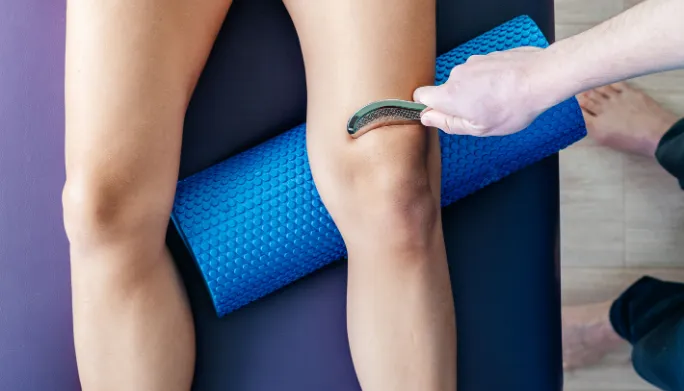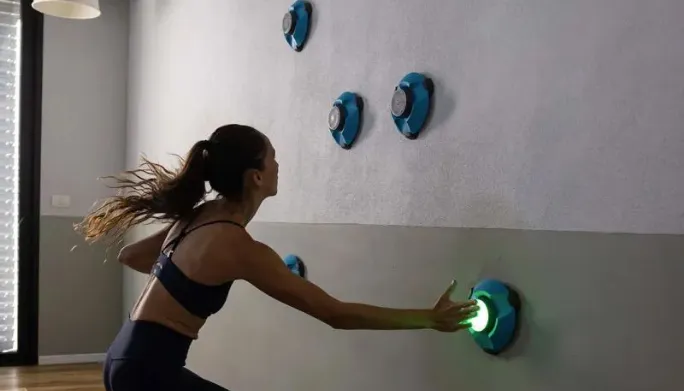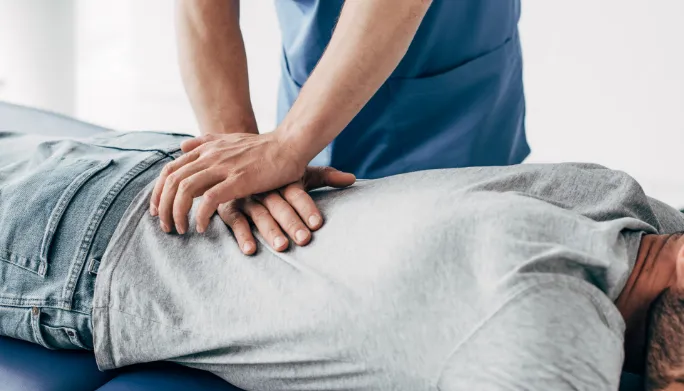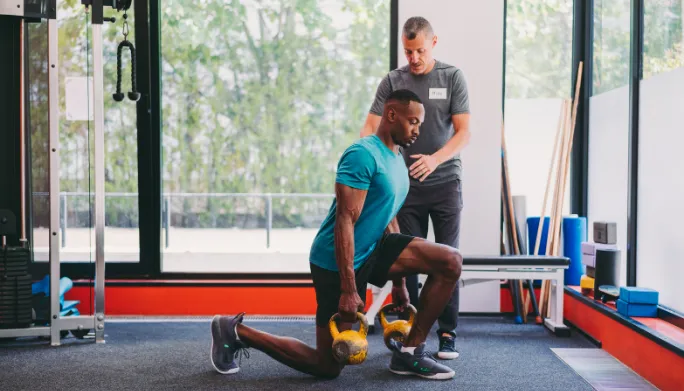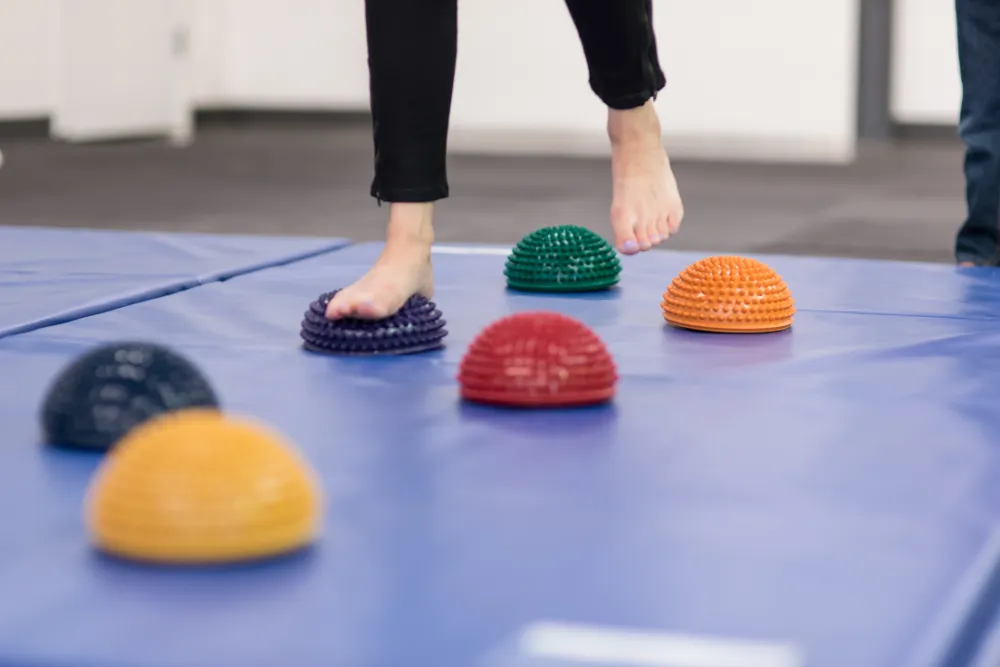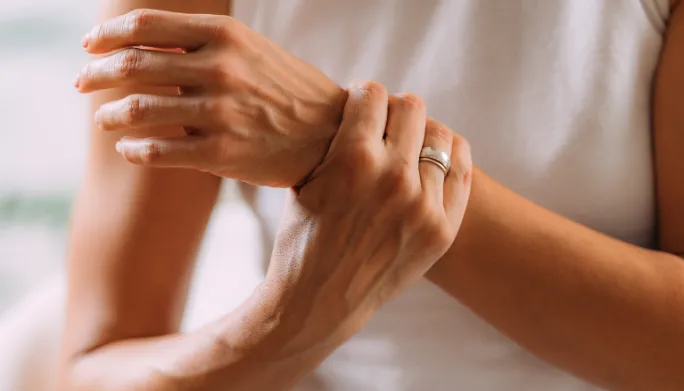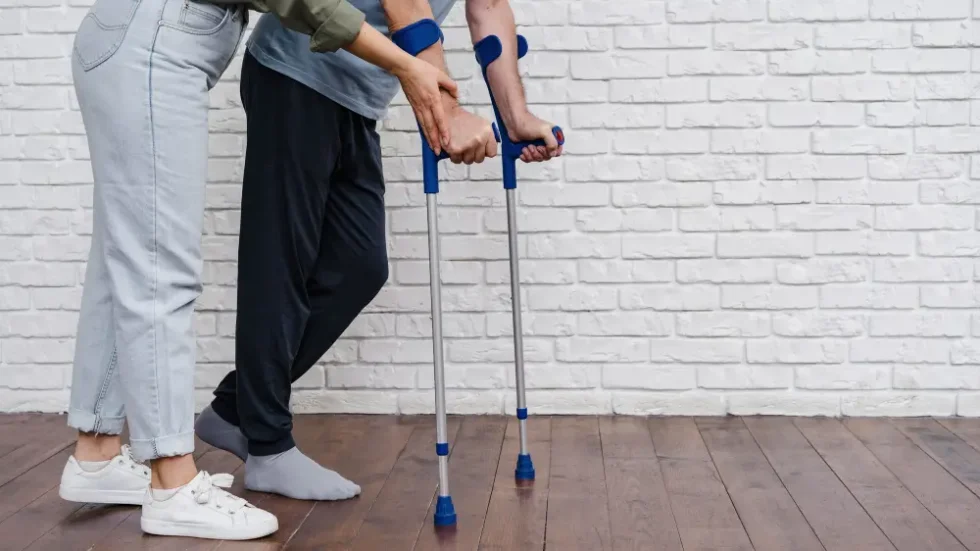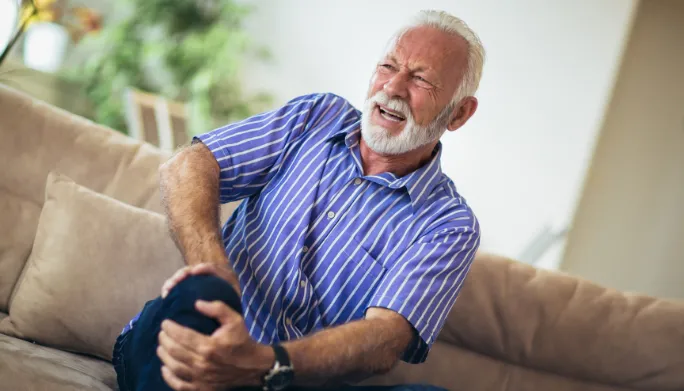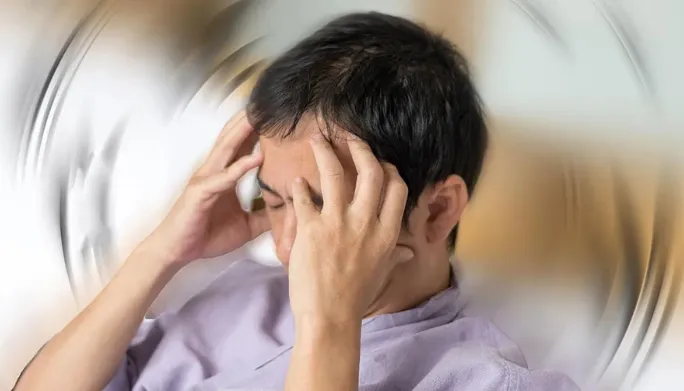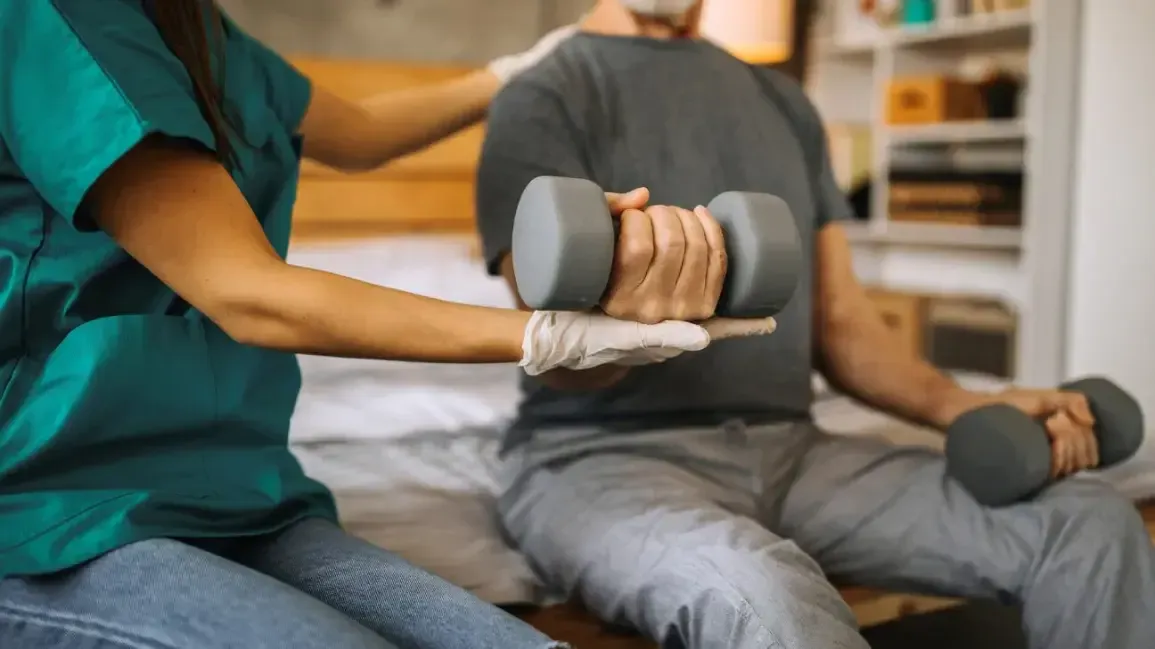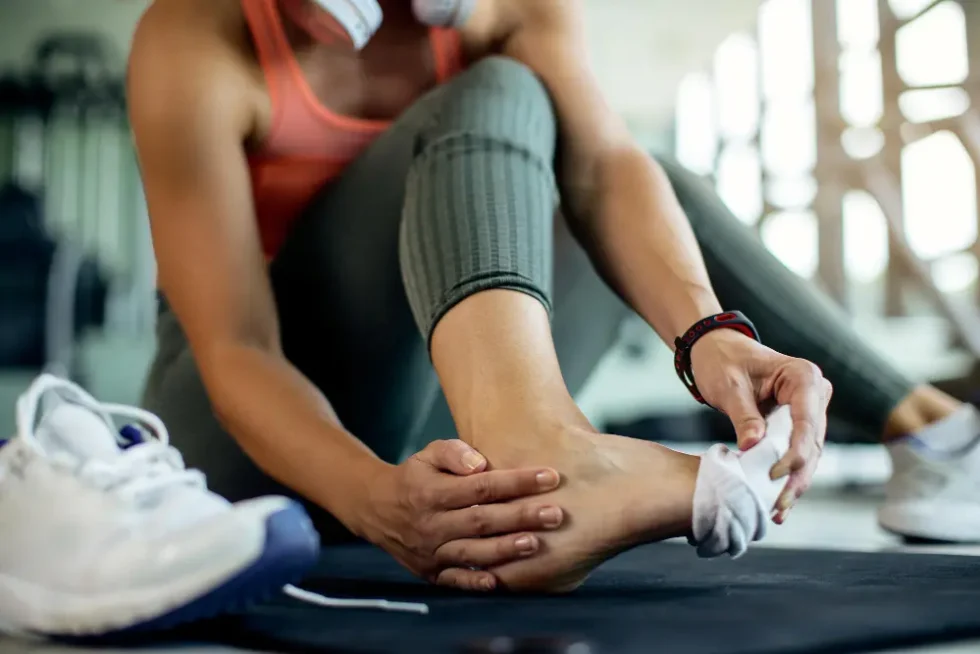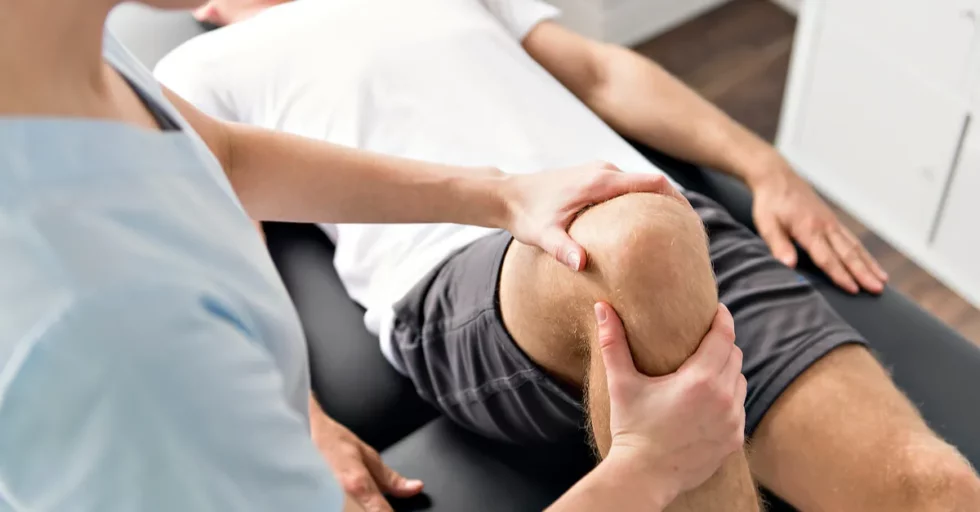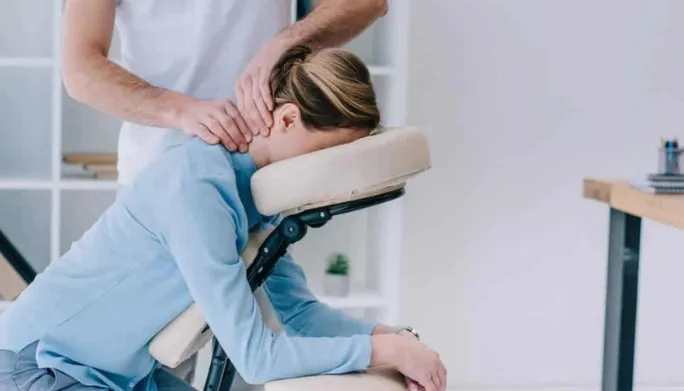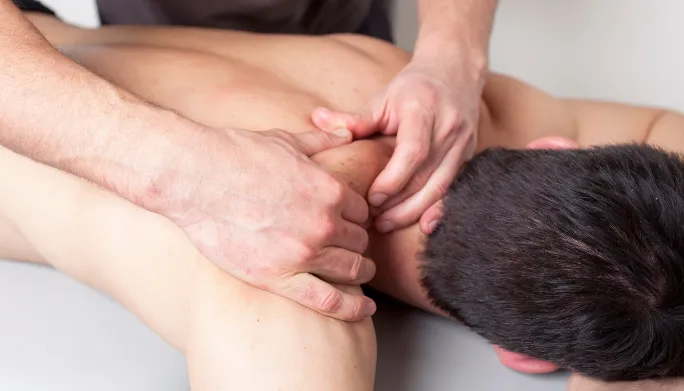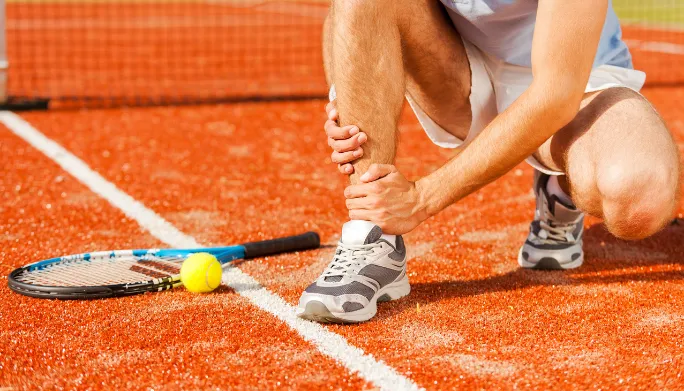Balance and Gait Disorders in Jacksonville and Ponte Vedra
Tackle Balance and Gait Issues in Jacksonville and Ponte Vedra
Do you freeze mid-step terrified to complete a turn fearful of falling? Or does simply standing to reach a kitchen cabinet cause the room to suddenly spin uncontrollably? You are not alone. Millions suffer balance challenges impacting confidence and independence instrumentally directing rehabilitation. The specialized neurological physical therapists at Premier Physical Therapy facilitate life-changing mobility improvements for people battling equilibrium and stability issues stemming from inner ear, brain or nerve-based diseases through tailored treatment plans fully customizing interventions to meet patients’ unique symptom profiles and activity goals.
What Disorders Commonly Disrupt Balance and Walking?
Multiple intricate structures spanning from the inner ear up to brain motor control centers coordinate to execute smooth balancing reactions and rhythmic alternating gait sequences. Dysfunction at one or multiple points along this network disrupts stability desperately needed to prevent falls.
Some frequent balance disorder causes include:
- Parkinson’s Disease – Gradual loss of dopamine-releasing neurons causes worsening rigidity/bradykinesia
- Stroke – Loss of nervous system pathways coordinating symmetrical movement arising suddenly
- Multiple Sclerosis – Damage to nerve fibers alters messaging critical for motor planning/postural reflexes
- Traumatic Brain Injury – Concussive impacts create diffuse axonal signaling dysfunction
Pinpointing specific mobility dysfunctional allows therapists to implement targeted rehabilitation strategies and equipment optimizing recovery potential to maximize independence with walking and equilibrium.
Comprehensive Mobility and Balance Assessments
Clarifying current capability deficits and safety risks guides customized treatment plans reinforcing missing links in each patient’s equilibrium control network through repetition of challenging skills.
We thoroughly examine factors like:
Gait – Pace, step length, symmetry, endurance, balance reactions
Leg Strength – Test muscular endurance for transitions like standing from sitting predicting fall likelihood
Assistive Devices – Evaluate appropriate walking aids removing anxiety improving confidence
Range of Motion – Identify flexibility limiting positions contributing to catching toes triggering trips
Medications – Check for drugs with frequent disequilibrium side effects
Careful assessment provides objective baselines so we can demonstrate functional mobility gains in strength, flexibility, stability and walking pace through our targeted interventions.
What Effect Can Dry Needling and Manual Therapy Have?
Dry needling targets trigger points – tense bands of muscle fiber that cause soreness and pain. The thin needle physically breaks up these knotted muscle bands, bringing blood flow to oxygen-starved tissues. This reduces inflammation and muscle spasms. Meanwhile, manual techniques like soft tissue mobilization use hands-on pressure to stretch and manipulate muscles and connective tissues. By combining modalities, physical therapists can comprehensively treat impaired mobility and function.
Customized Treatment for Enhanced Balance, Walking and Safety
In contrast to generic physical therapy protocols, our skilled neuro clinicians design customized treatment plans uniquely tailored to address patients’ distinct stability challenges and activity goals through combining evidence-based interventions:
Sensorimotor Retraining Drills – Controlled perturbations in various positions recalibrate failing balance reactions through incremental intensity.
Assistive Equipment – Lasers, weights, parallel bars build movement pattern confidence and stability through enhancement of sensory feedback input.
Gait Stabilization Assistants – Forearm crutches, canes with tips providing wider bases of support assist walking efficiency while minimizing fall risks during uneven surfaces.
Lower Extremity Strengthening – Intrinsic foot muscle exercises, ankle isolation balancing, quadriceps chair stands boost coordination.
Endurance Conditioning – Cardiovascular training prolongs walking tolerance windows correlated to community mobility independence.
We continually adjust protocols based on symptoms and progress to maximize outcomes through consistent achievement of incremental functional milestones.
Why Specialized Therapy Matters for Balance/Gait Disorders in Jacksonville and Ponte Vedra
Traditional rehabilitation programs taking one-size-fits-all generalized approaches often see protocols fail patients with complex neurological mobility issues. By contrast our customized, research-backed vestibular and equilibrium deficiency-focused services facilitate superior outcomes:
Reduced Fall Risks – Quantitative gait velocity, coordination and balance control gains minimize tripping likelihood critical for aging populations through tailored interventions addressing root multifactorial issues.
Common Areas We Can Help With!


